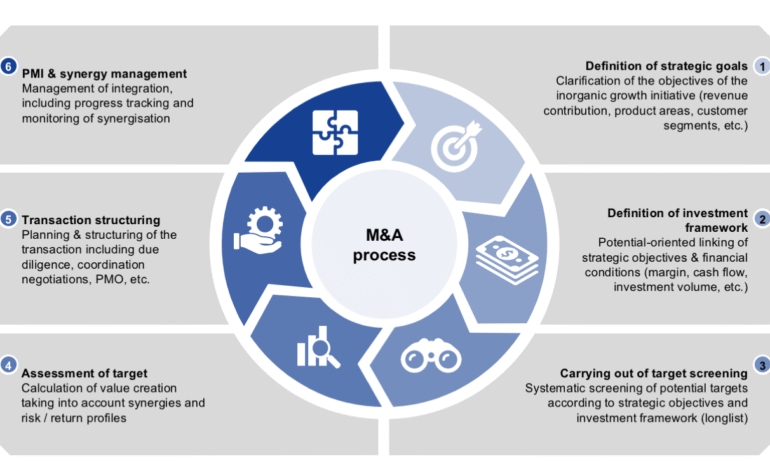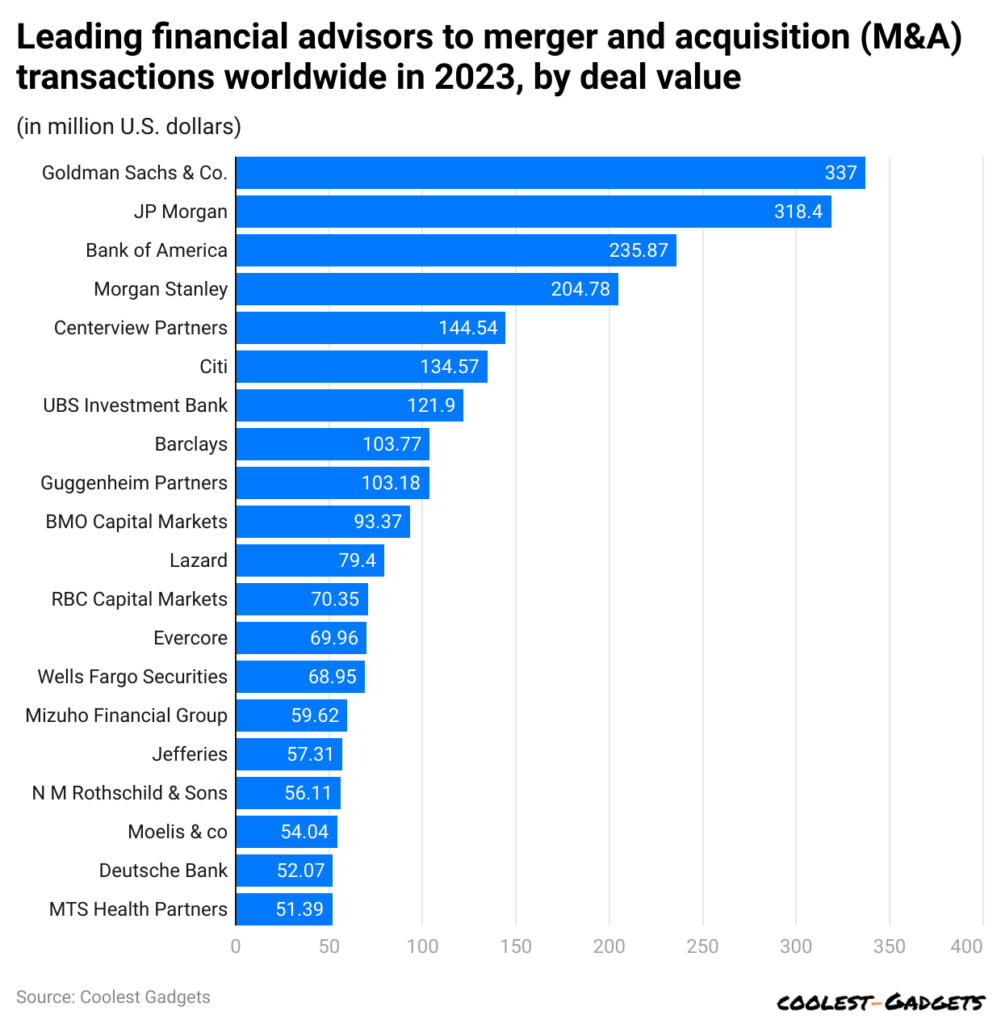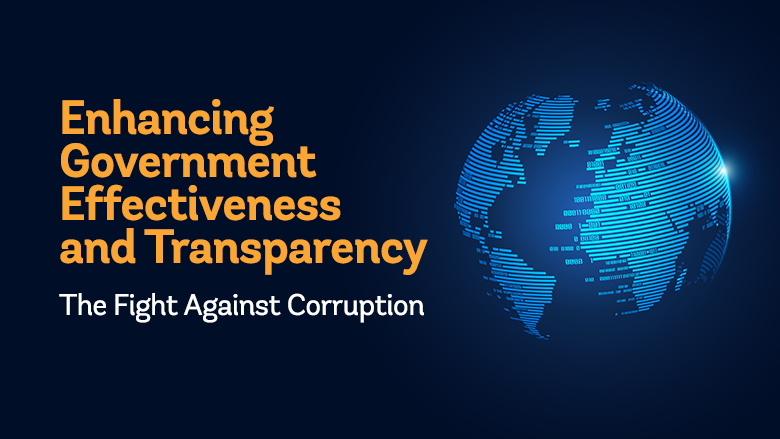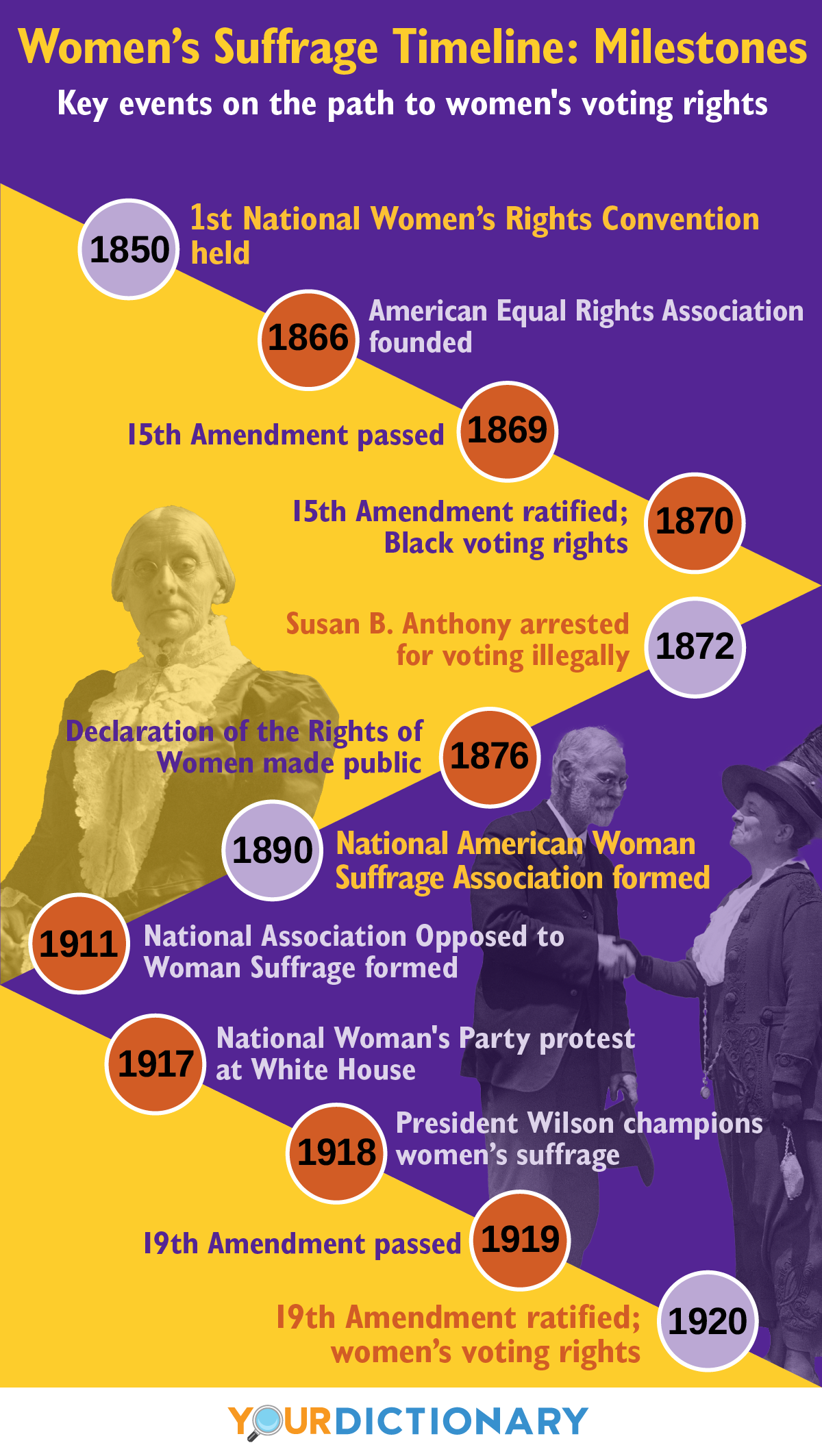2025 Merger Mania: Deals to Watch

Major Corporate Mergers to Watch in 2025
The world of business is in constant flux, and one of the most dramatic indicators of this change is the wave of mergers and acquisitions (M&A) activity. As we look ahead to 2025, several potential corporate mergers are generating significant buzz and could reshape entire industries. This post will delve into some of the most closely watched possibilities, analyzing the potential drivers, benefits, and challenges associated with each.
The Tech Titans: Apple & Tesla
Perhaps the most talked-about, and arguably the most disruptive, potential merger involves Apple and Tesla. While seemingly disparate, a closer look reveals compelling synergies. Apple, with its massive cash reserves and expertise in consumer electronics and software, has been increasingly exploring the automotive market. Tesla, on the other hand, is the undisputed leader in electric vehicles (EVs) and battery technology, but faces challenges in scaling production and expanding its ecosystem beyond cars.
A merger would allow Apple to instantly become a major player in the EV space, leveraging Tesla’s existing infrastructure and technological lead. Tesla would benefit from Apple’s manufacturing prowess, global supply chain, and marketing muscle. The combined entity could accelerate the development of autonomous driving technology, create a seamless integration between Apple’s devices and vehicles, and dominate the future of transportation. However, regulatory hurdles would be immense, given the potential for monopolistic control. Furthermore, integrating two very different corporate cultures – Apple’s secretive and design-focused approach versus Tesla’s more agile and disruptive style – would present a significant challenge.
Pharmaceutical Powerhouse: Pfizer & Roche
The pharmaceutical industry is facing increasing pressure from generic drugs, rising research and development costs, and the need for innovative therapies. This environment is driving consolidation, and a potential merger between Pfizer and Roche is gaining traction. Both companies are global giants with diverse portfolios of drugs and a strong presence in key therapeutic areas like oncology, immunology, and neuroscience.
A combined Pfizer-Roche would create a pharmaceutical powerhouse with unparalleled scale and resources. This would enable greater investment in R&D, accelerate the development of new drugs, and improve pricing power. The merger could also lead to significant cost synergies through streamlining operations and eliminating redundancies. However, concerns about reduced competition and potential price increases for essential medicines would likely draw intense scrutiny from regulators. The differing geographical strengths of the two companies – Pfizer being stronger in North America and Roche in Europe – would also need careful consideration during integration.

Retail Revolution: Amazon & Walmart
The battle for retail dominance continues, and a merger between Amazon and Walmart, while seemingly unthinkable just a few years ago, is now being seriously discussed. Both companies are investing heavily in e-commerce, logistics, and grocery delivery, and a combination would create an unstoppable force in the retail landscape.
Amazon’s strengths lie in its online marketplace, cloud computing services (AWS), and logistics network. Walmart, meanwhile, boasts a vast network of physical stores, a strong supply chain, and a loyal customer base. A merger would allow Amazon to instantly gain a significant brick-and-mortar presence, while Walmart would benefit from Amazon’s e-commerce expertise and technological innovation. The combined entity could offer customers a seamless omnichannel experience, with options for online shopping, in-store pickup, and same-day delivery. The antitrust implications of such a merger would be enormous, and it’s likely that regulators would demand significant concessions to approve the deal. The challenge of integrating two vastly different business models – Amazon’s data-driven and agile approach versus Walmart’s more traditional and hierarchical structure – would also be substantial.
Energy Transformation: ExxonMobil & Chevron
The energy sector is undergoing a massive transformation, driven by the need to reduce carbon emissions and transition to renewable energy sources. A potential merger between ExxonMobil and Chevron could be a strategic response to these challenges. Both companies are major players in the oil and gas industry, but they also have growing investments in renewable energy technologies.
A combined ExxonMobil-Chevron would create the world’s largest energy company, with the financial resources and technological expertise to invest heavily in renewable energy projects, such as solar, wind, and hydrogen. The merger could also lead to cost savings through streamlining operations and reducing exploration expenses. However, the merger would likely face opposition from environmental groups, who argue that it would further entrench the fossil fuel industry. Furthermore, integrating two large and complex organizations with similar cultures could prove difficult.
Financial Giants: JPMorgan Chase & Bank of America
The financial services industry is also ripe for consolidation, and a potential merger between JPMorgan Chase and Bank of America is a possibility to watch. Both companies are among the largest banks in the United States, with a broad range of financial products and services.
A combined JPMorgan Chase-Bank of America would create a financial behemoth with unparalleled scale and reach. This would allow the bank to compete more effectively in the global financial markets, invest in new technologies, and offer customers a wider range of financial solutions. The merger could also lead to significant cost savings through streamlining operations and eliminating redundancies. However, the merger would likely face intense regulatory scrutiny, given concerns about systemic risk and the potential for reduced competition. The integration of two large and complex organizations with different risk management cultures would also be a major challenge.
Looking Ahead
These are just a few of the potential corporate mergers that could reshape the business landscape in 2025. While many factors could influence whether these deals ultimately come to fruition – including regulatory approval, market conditions, and the willingness of companies to compromise – the underlying drivers of consolidation remain strong. Companies are seeking to gain scale, reduce costs, innovate faster, and adapt to a rapidly changing world. As we move forward, it will be fascinating to see which of these potential mergers become reality and how they impact the industries they serve. Staying informed about these developments is crucial for investors, business leaders, and anyone interested in the future of the global economy.



